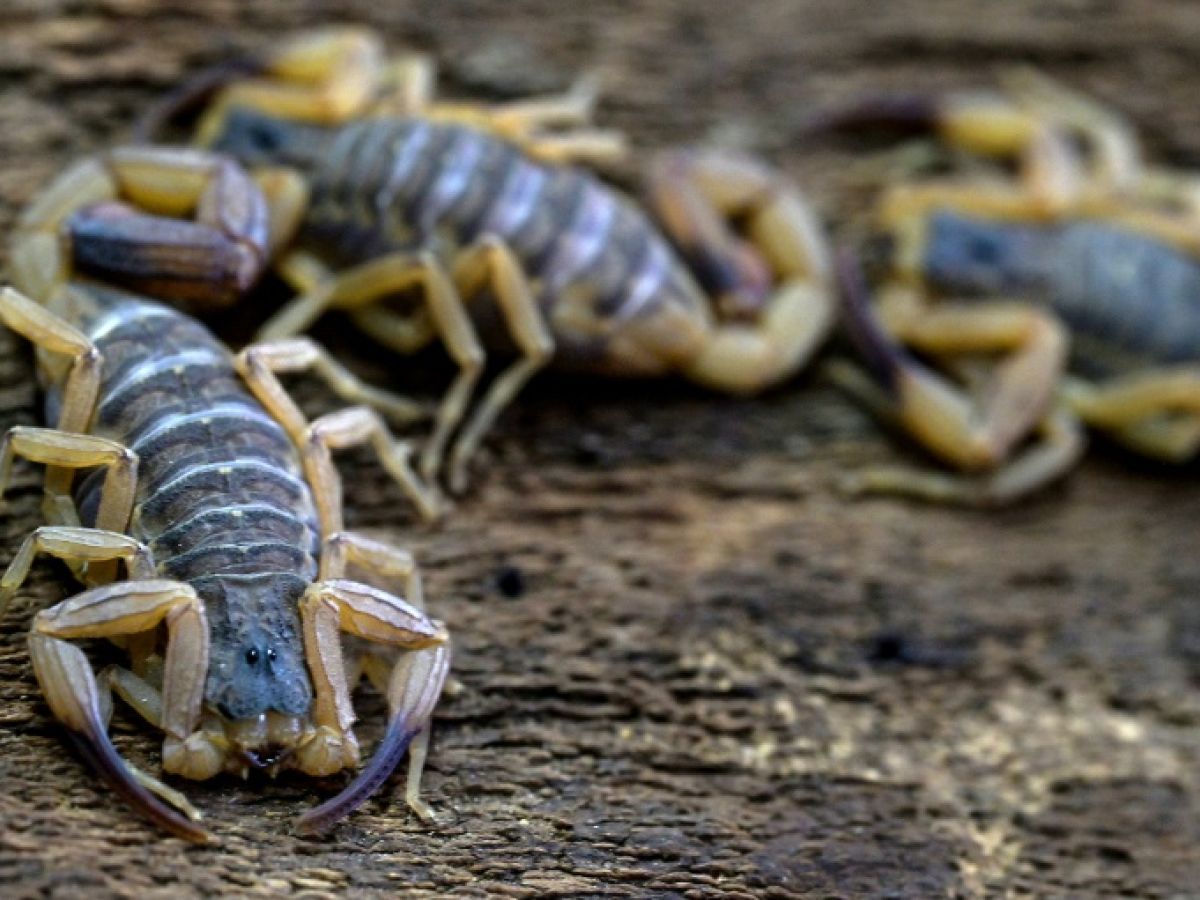Scorpionfish, weever fish, scorpion and even bedbugs: the congress of emergency medicine professionals in Paris focused on these "critters", sources of little-known health and logistical challenges.
"Viper, black widow, scorpion, I have all of that in my area," says Pierre-Alexis Balaz, an emergency doctor who doesn't work in a distant desert, but with the Marseille Marine Fire Brigade (BMPM).
"If people want to leave..." he warns an audience of about a hundred people, before projecting photos of "really disgusting" necroses onto a large screen, as he puts it. This is a patient who came for a consultation seven days after being bitten by a violin spider. "Some necroses can lead to amputation," he insists, which is not the case here.
Lucas Iglesias, educational advisor at the Basque Coast Hospital Center (CHCB), came to talk about weever fish, scorpion fish, and other marine annoyances. After his speech, the joys of swimming rhyme with "emerging injuries."
Like those caused by the physalia, wrongly confused with a jellyfish. Blue-purple in color, its swollen and translucent appearance has earned it its more visual name of "sea bladder." Lucas Iglesias points out that its filaments, vectors of burns and venom, reach up to 50 m in length.
– “Risk of drowning” –

"In three months in 2011, 885 people who suffered from it were recorded by the Bordeaux poison control center (according to the reference study, editor's note). It's very painful and healing takes from two weeks to three months," the emergency physician explains. He points out "a risk of drowning" when the swimmer "loses control" under the influence of the pain.
Lucas Iglesias offers advice: emergency workers should "protect themselves with gloves" when they intervene, and "bring out the filaments with shaving foam" or "scrape them off with a bank card, for example." "You should wash with seawater; fresh water activates the venom," he explains, before recommending surfers "wear a wetsuit, even if it's hot and sunny."
The wearing of jellyfish and sea shoes is a common theme after the presentation of the damage caused by scorpionfish, a fish of rocky bottoms, or weever fish, a fish of sandy bottoms, which cause stings/burns or venom. Not to mention the damage caused to fishermen and cooks who handle them without gloves.
To keep the atmosphere light, the speakers liven up their presentations with a pinch of pop culture. The covers of the famous hard-rock band Scorpions punctuate Pierre-Alexis Balaz's slideshow as he discusses this dorsal-stinging danger.
Hugues Lefort, a military emergency doctor in Marseille, leans on a photo of Clint Eastwood, Lee Van Cleef and Eli Wallach, the trio of actors from the cult film "The Good, the Bad and the Ugly."
– “The crook” –

This trainer demonstrates that one must remain as vigilant when faced with "bites and the like," which carry potential infection ("The Ugly"), as when faced with a clean wound ("The Good") or "a burn or crushing" ("The Brute").
The audience gasps in surprise when David Ringot of the Paris Fire Brigade (BSPP) reveals that "one to two vehicles" from his department are "infested per week" with bedbugs after interventions.
"In the event of a massive infestation in a location where we operate, adult bedbugs come out of hiding, can climb onto our bags, our uniforms, or onto patients, and end up in our vehicles," he explains.
It's an obstacle course, worthy of a Hollywood disaster movie, to decontaminate the emergency services' personnel and equipment. The equipment is transported through a refrigerated trailer at -20°C (for up to 72 hours) or through insecticide treatment.
Electronic equipment, which supports neither, is inspected by eye. "When we see it, we cut the bedbug in half with scissors, about the size of an apple seed," the chief veterinarian, who is responsible for biological issues, calmly explains.
pgr/ito/tes
